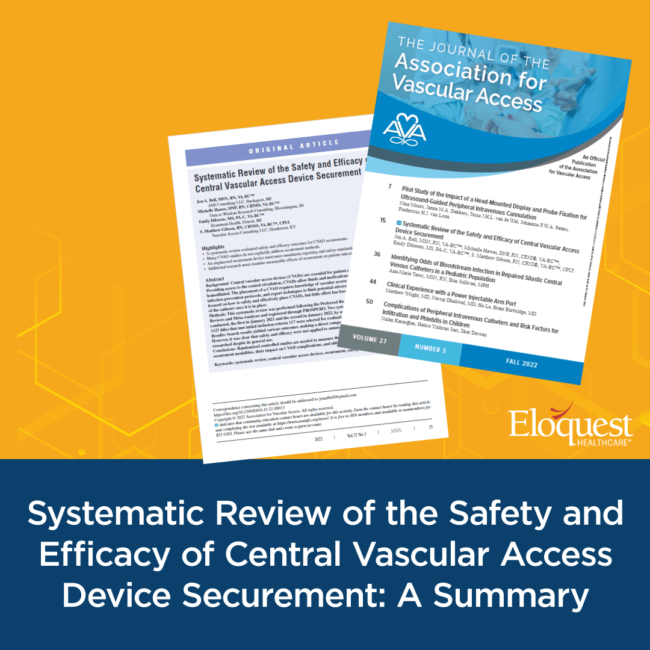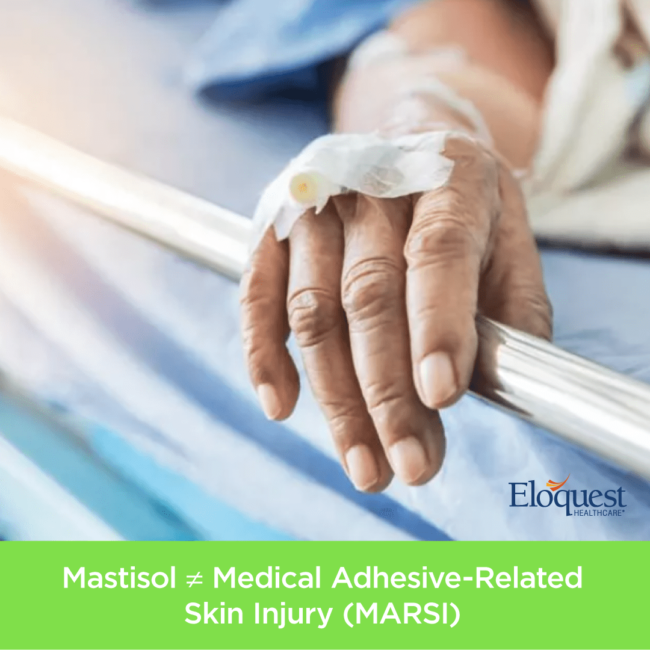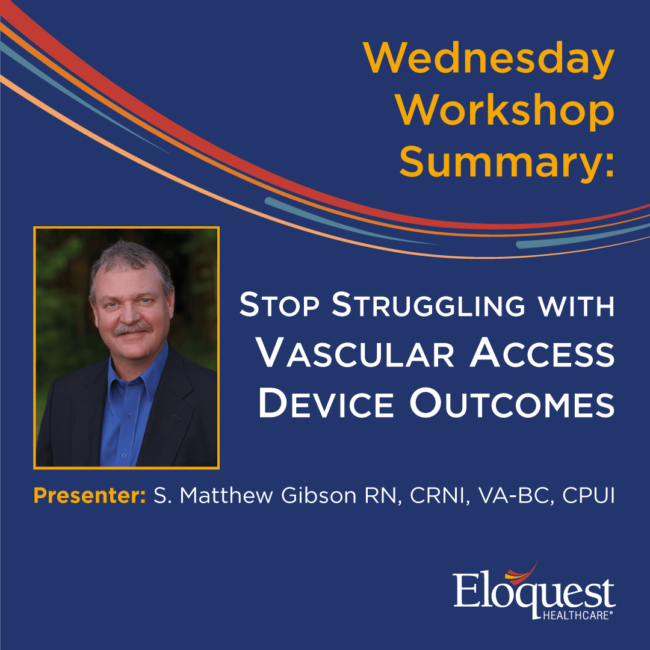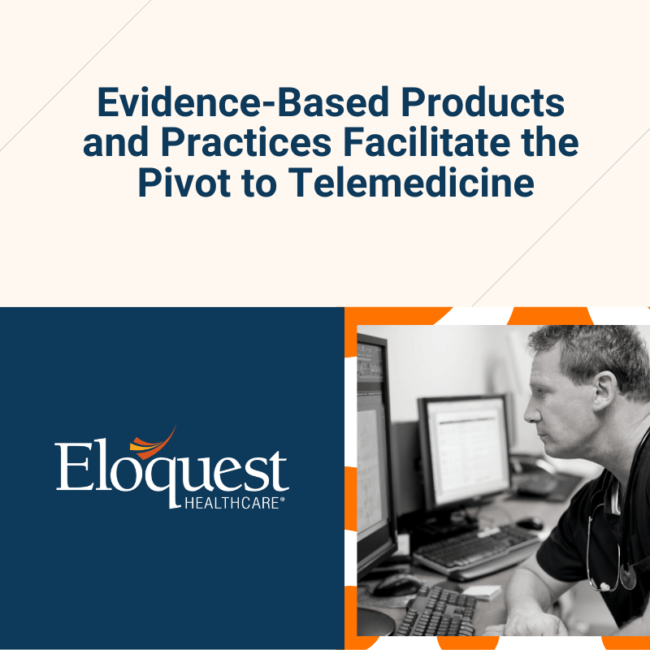Vascular Access Device Ideal Insertion
The 8th edition of The Infusion Nurses Society Infusion Therapy Standards of Practice (INS Standards) makes evidence-based practice recommendations to assist health care facilities in the standardization of their vascular access device and IV therapy practices. The INS Standards indicate that insertion site selection should be determined based on the prescribed infusion therapy plan while prioritizing vessel…










